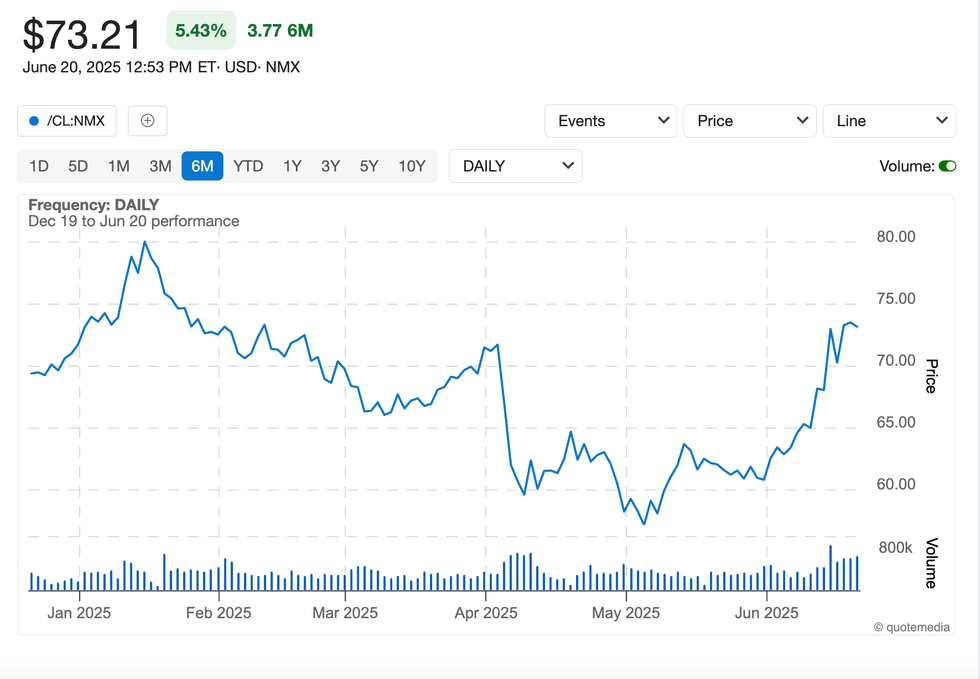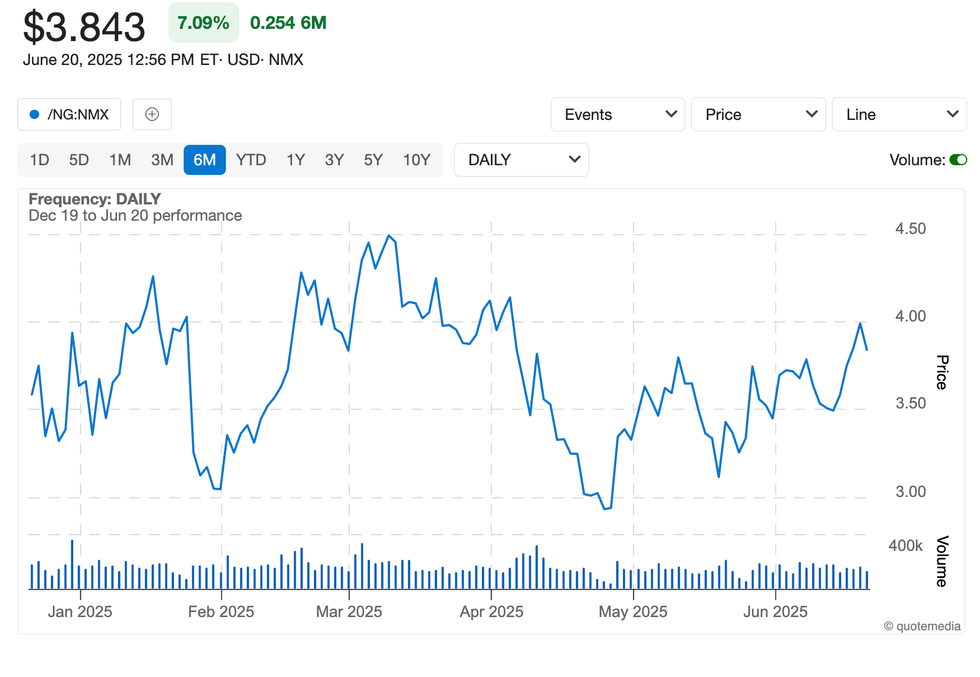Power grids are available in all regions within China, and they have already been interconnected. According to the China Electricity Council, in 2019, trans-regional transmission's national capacity reached 136.15 GW, of which the trans-regional grid-to-grid transmission capacity reached 122.81 GW, and trans-regional point-to-grid transmission capacity reached 13.34 GWSubstations are one of the most critical parts of an electrical energy system with many costly equipment and operations. These substations are increasingly being used with smart automation techniques instead of manual data processing, leading to fast and accurate operation of the resulting automated system and guarantees a reliable electricity network and feedback data. The rise of electricity demand and increasing emphasis on clean energy, leading to new-generation projects and the refurbishment of outdated transmission systems in China, is expected to increase the demand for substation automation in the coming yearsChina was the first country to be affected by the COVID-19 pandemic, which led to the decreased demand for power from the industrial and commercial sectors. According to the IEA, the electricity demand in China dropped under lockdown in January, and further strongly in February (-13% compared to February 2019). However, as lockdowns eased and industrial activities starting resuming, in May 2020 and June 2020, the electricity demand in China recovered completely and was even higher than last year's levels. Therefore, the power market in the country is poised to grow remarkably in upcoming years. Key Market Trends Increasing Investment Plans and Upcoming Smart Grid Projects Driving the Market Demand - China is the world's largest market for power transmission and distribution (T&D) and is also poised to become a significant consumer of smart grid technology, supported by its policy to reduce carbon emission and commitment to green developmentDuring Jan-August 2020, the total electricity generation from the various sources in China's power sector reached 4,772.8 terawatt-hours (TWh). Energy sources contributing to the country's energy generation include coal, natural gas, the nuclear, wind, hydro, biofuels, and solar energy. Since China has the largest population globally, the country's energy demand has been rising continuouslyThe public utility, State Grid of China (which accounts for around a third of the electricity investment) announced investments for a total of CNY 450 billion in 2020 (~USD 65 billion), with ultra-high voltage (UHV) projects accounting for 40% of total investment. However, investment in China's transmission decreased by nearly USD 10 billion, as there was a higher focus on the upgrading of rural power grids and the construction of distribution networksChina's electricity grid' investments accelerated its downward trend and dropped by 11% in 2019, mainly driven by regulatory changes and reduced grid tariffsAs grids are becoming more digital, distributed, and smart, investment depends less on traditional equipment and new drivers. Smart meters, utility automation, and EV charging infrastructure, at USD 40 billion, now make up more than 15% of total spending. While spending on smart meters and utility automation remained flat in 2019, EV charging infrastructure rose to more than USD 5 billion, with utilities, oil and auto companies, and governments announcing new expansion plans. For instance, China Southern Power Grid had announced plans to invest more than USD 3 billion over the next four years in charging infrastructureAlso, State Grid Corporation of China has rolled out the "Global Energy Internet" concept, based on having smart grid connections to an ultra-high voltage power grid that would potentially deliver clean energy. This, in turn, is expected to drive the smart grid network market in the country during the forecast periodIn November 2019, China's State Grid, the largest utility globally, had sanctioned the world's largest smart grid facility, with the first phase of the project concluding in 2021, and the second phase is expected to wrap up in 2024. This project is likely to bolster the smart grid market in China during the forecast periodIn August 2020, China Telecom, together with 27 other members, including China Southern Power Grid, State Grid, global carriers, Huawei, and other vendors, have initiated 5G smart grid project in 3GPP. The project focuses on the role of 5G in smart grids, ranging from traditional energy services to remote control, tele protection, metering, advanced metering infrastructure, distributed automation, and demand response, energy, and distribution management, thus, increasing the demand for 5G developmentTherefore, with the increasing number of upcoming projects and the rise in investment plans, the demand for smart grid network is expected to increase in China during the forecast period. Substation Automation Holds the Major Market Share - Substations are one of the most critical parts of an electrical energy system with many costly equipment and operations. These substations are increasingly being used with smart automation techniques instead of manual data processing, leading to fast and accurate operation of the resulting automated system and guarantees a reliable electricity network and feedback dataFurther, the smart grid system constitutes a fully automated monitoring and controlling system designed for generation, transmission, and distribution substations to track the situation of equipment and unexpected faults. The advanced platform digitizes various manual operations into a single resilient structure. It works based on a mature SCADA platform and several subsidiary objects like Industrial Ethernet Switch to fully operate a substationThe digitalization of substation provides various benefits such as improving overall substation management process, facilitation monitoring, and protection processes maximizing failure prevention by fast and precise monitoring, optimizing substation operational performance, and access to substations from the control center and web applicationIn 2019, China Electricity Council announced a project worth 1.8 billion for installing a substation automation system for the existing distribution line of more than 7,000 km. Moreover, the Chinese grid company is signing various agreements to improve distribution lines by installing substation automation systemsIn 2019, ABB Ltd partnered with the China state grid to Supply Switchgear Technology for Smart Substations in China. ABB is expected to install 363 KV disconnecting circuit breaker with Fiber Optic Current Sensor, integrating three substation functions: circuit-breaking, disconnecting, and current measurement, in one component and reducing the space needed for a substation bay by up to 70 percentMoreover, according to China Electricity Council, by 2020, the smart grid's accumulated investment is expected to reach CNY 4 trillion. Chinese companies have gained UHV transmission and smart substations experiences over the years, encouraging China's ambition to become a world leader in electrical power equipment by 2025Besides, the Chinese private companies are signing an agreement with foreign players for built a bunch of advanced innovation-driven smart grid projects, including smart substations Automation, smart EV charging and battery swapping networks, smart power consumption information collection system, and multi-terminal VSC-HVDCAccording to State Grid, China's total investment in UHV is expected to reach CNY 633 billion by 2020. Also, State Grid Corporation plans to build 53 high voltage AC smart substations by 2020, with a capacity of 336 million KVA and a line length of 44,500 kmTherefore, with the rise of electricity demand and increasing emphasis on clean energy, leading to new-generation projects and the refurbishment of outdated transmission systems in China, the demand for substation automation is expected to increase in the coming years. Competitive Landscape The Chinese smart grid network market is consolidated, with nearly 80% of the market operated by State Grid Corporation of China. The key international and domestic vendors involved in the market include ABB Ltd, Siemens AG, General Electric Company, International Business Macgine Corporation, Huawei Technologies Co., Ltd, ZTE Corporation, and Jiangsu Linyang Energy Co. Ltd. Reasons to Purchase this report: - The market estimate (ME) sheet in Excel format - 3 months of analyst support Read the full report: https:www.reportlinker.comp05989483?utm_source=GNW About Reportlinker ReportLinker is an award-winning market research solution. Reportlinker finds and organizes the latest industry data so you get all the market research you need - instantly, in one place. __________________________
Clare: clare@reportlinker.com US: (339)-368-6001 Intl: +1 339-368-6001















